Estimated reading time: 5 minutes
We had a great question from one of our Grow Great Fruit growers about what causes these brown marks on the skin of their apples.
These marks are called “russet”. It describes both the yellow marks (as you can see on the side of the Cox’s Orange Pippin apple above), and also the rough brown marks around the stem end of the apple.
The most common reason for brown marks on apples
Russet is one of those curious conditions that occur naturally. In fact, several heritage apple varieties include it in their name. Brownlees Russet, Egremont Russet, and Old Somerset Russet are just a few.
Russet is also commonly seen on pear varieties such as Beurre Bosc, like this trio of beauties:
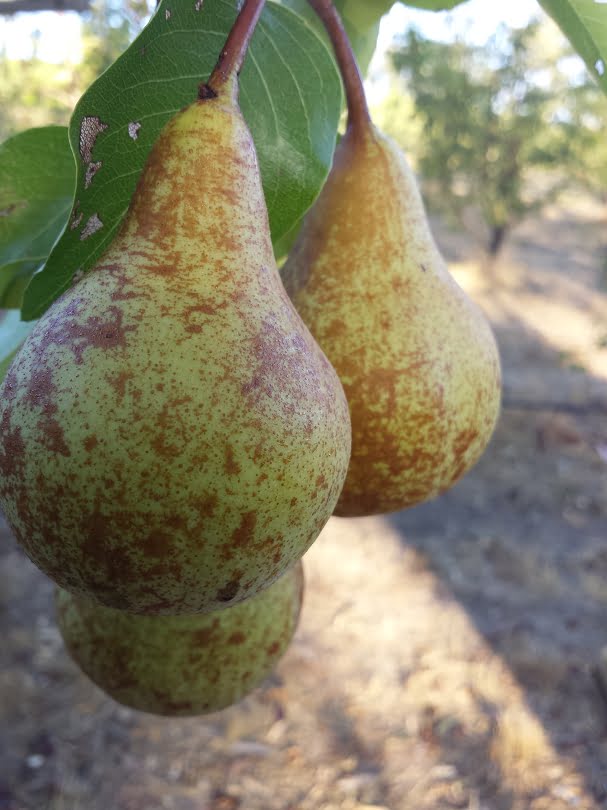
Why are russeted apples so rare?
Brown marks such as russet are not considered an attractive trait on modern apples. Have you ever seen a russeted apple in the supermarket?
Under the modern aesthetic russet is considered to be a blight or disfigurement, rather than a naturally occurring feature of some varieties.
(Or at least, that’s what the big players like supermarkets are telling us!)
It’s just one of the reasons many of these beautiful old varieties have gone out of favour.
We think apples are one of the best fruit trees to include in your garden. In fact, we’ve planted a heritage apple orchard on our farm to preserve many of these old varieties.
We’re slowly building a collection of rare and unusual (but useful) varieties on the farm. At the moment we’ve got about 30 varieties and we’re aiming to build this up to about 100.
But back to brown marks on apples …
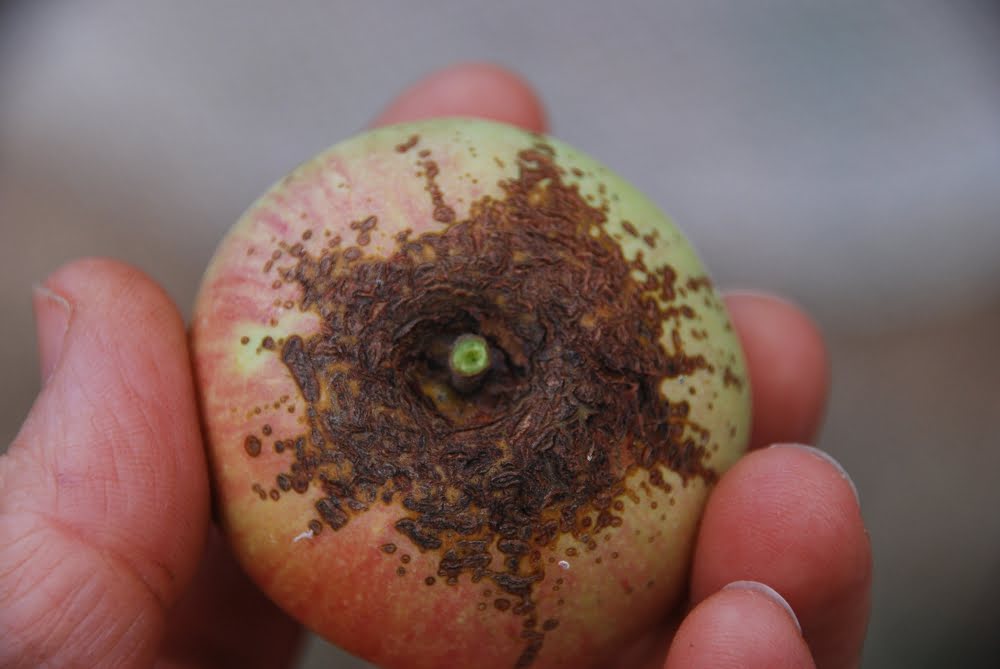
When brown marks on your apple are a sign that something’s gone wrong
Russet can also be an injury caused by environmental conditions like frost, sunburn, or hail. Spraying your apples at the wrong time can also cause it.
Even using sulphur (which is an organic fungicide you can safely use) at the wrong time can cause russeting on some apples.
This damage-type russet (think of it like scar tissue) usually happens in the three weeks after petal fall. It can also occur when the trees are flowering, or when an environmental challenge occurs.
It is often not a problem in itself, but it can make the apples much more vulnerable to other diseases. Various fungal rots, cracking, or even sunburn are often seen together with strong russeting.
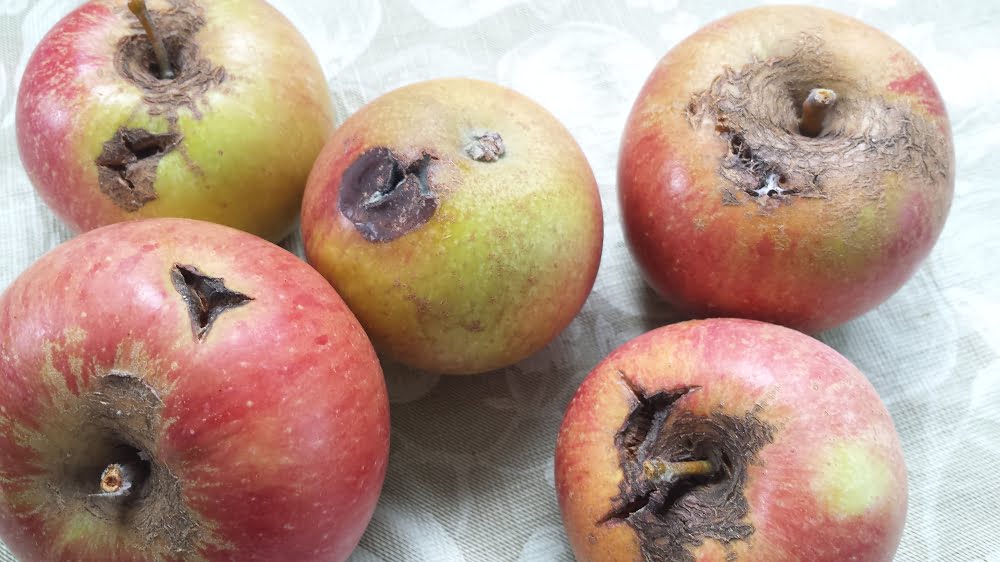
Which varieties are most prone to russet?
Heritage varieties that were bred in the UK, such as the divine Cox’s Orange Pippin apples (above) or the much-loved Bramley (below), are not well suited to the harsh and hot conditions in much of Australia. It’s very common to see this type of damage on these apples.
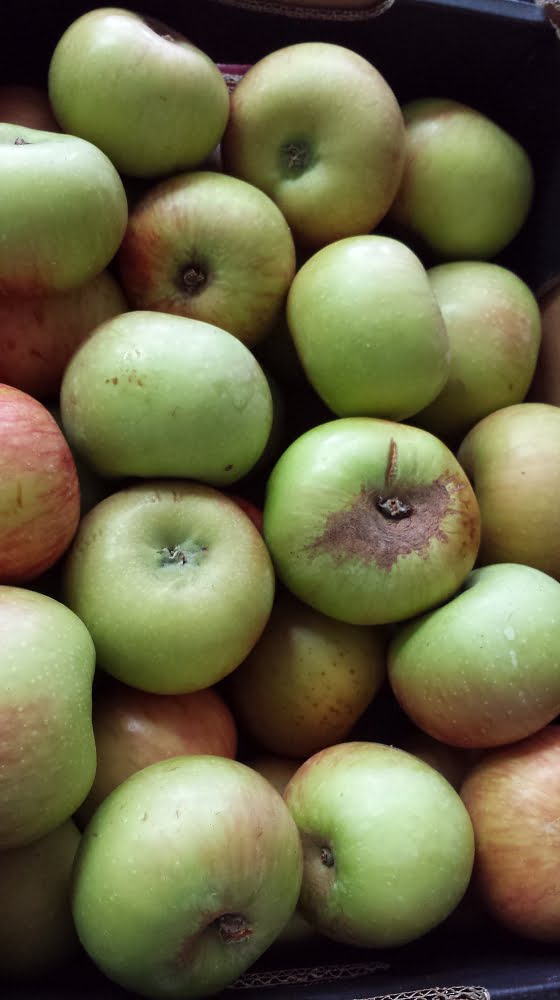
However, if you’re keen to grow these apple varieties in your Australian garden, don’t despair. Aim to create micro-climates that these trees will prefer, and you may find that much of the damage is preventable.
Related Articles
Taming monster fruit trees with renovation pruning
Learn how to use a technique called renovation pruning to tame large, unpruned, and out-of-control monster fruit trees.
What broke my fruit tree?
Broken fruit trees can be caused by animals eating them, or accidental damage. Identifying the animal is the first step to prevention.
Providing frost shelter for fruit trees
Learn how to provide frost shelter for your fruit trees in spring to protect the flowers and fruit from damage.
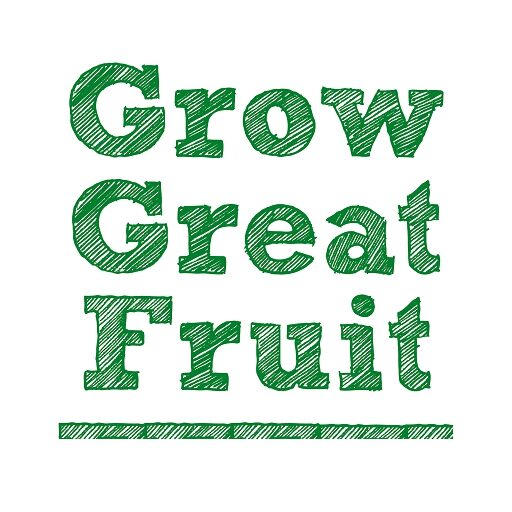
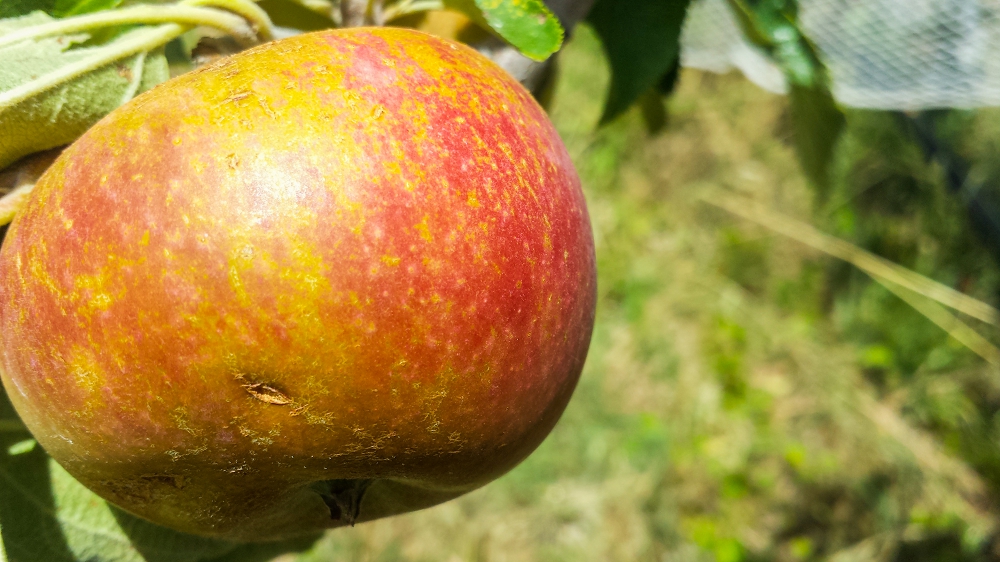
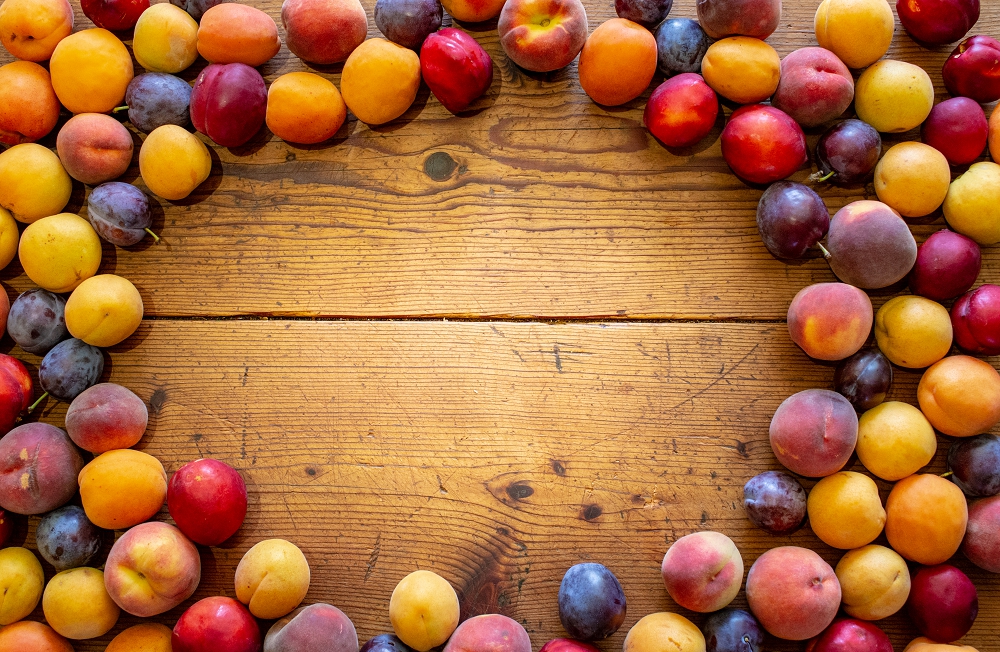
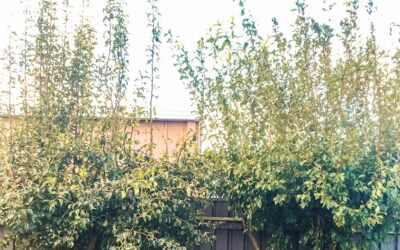

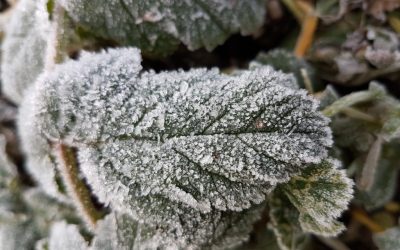
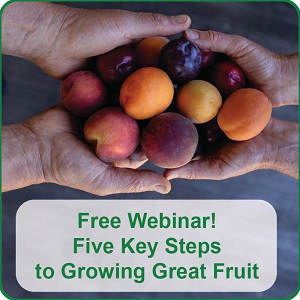
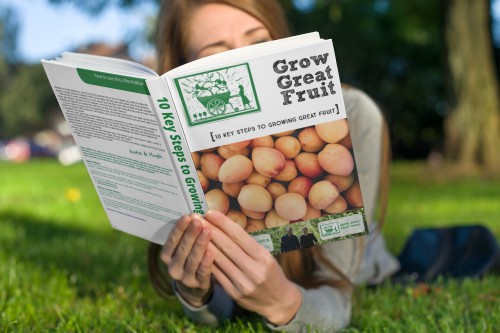
This is very useful information. Thank you
Hi Arampath, glad you’re finding our blogs useful, thanks for letting us know.
I’ve just noticed small holes in my apples with a reddish brown goo at the entrance. What is it?? and What can I do?? Lynn
Hi Lynn, Can you cut open an apple with this problem and see what is going on inside? That could be a good start to figure it out! Meg – GGF team.